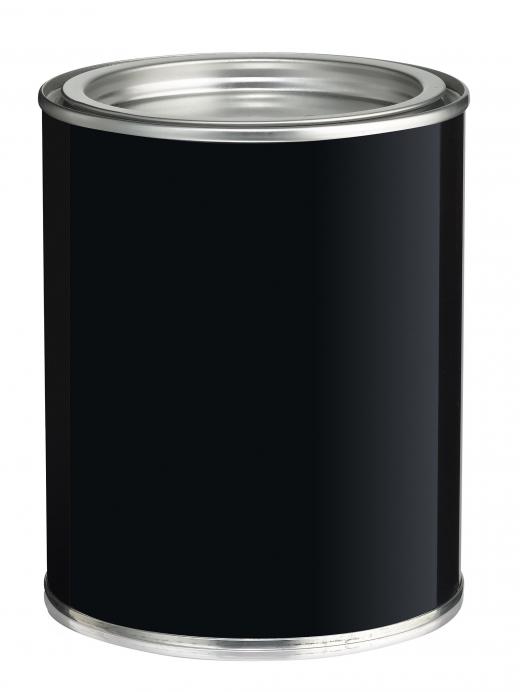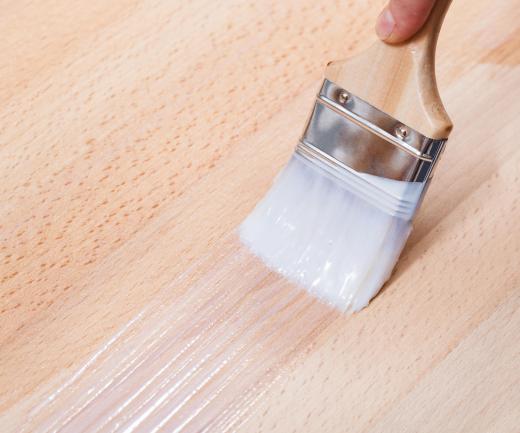Even though a urethane coating provides superior protection on wood and metal, it is not always the best option for a finish coat. Urethane, or more appropriately, polyurethane, is an artificial polymer and, although its impact resistance surpasses that of lacquer and shellac, it does not penetrate wood in the same way and remains on the surface. A urethane coating levels out well on metal and will adhere to any previous finish, but its plastic appearance can be displeasing. Although it typically is affordable, urethane is not the least expensive finish material available.
Whereas lacquer and shellac, which are natural polymers, harden by evaporation of the solvent in which they are carried, a urethane coating has to cure. As the solvent evaporates, the polymers form by reacting with chemicals in the paint or with moisture in the air. The final finish is more resilient and durable than one created by natural polymers, but the waiting period between successive coats is longer. Depending on the curing process, this period can be anywhere from two hours to two days, and until curing is complete, the surface can't be sanded and has to be protected from dust.

The polyurethane polymer is engineered to provide higher chemical resistance than natural polymers. For this reason, a urethane coating is much less vulnerable to spotting or discoloration than other coatings, which makes it a better choice than lacquer for countertops and bars, where spills are frequent. It has a higher impact resistance, so it is also less likely to chip under the abuses that these surfaces suffer. Enhanced chemical and impact resistance make urethane an effective automotive finish, but applying it correctly requires care because it doesn't flow out of the spray gun as easily as lacquer or enamel. Furthermore, the toxicity of the ingredients in automotive urethane requires the use of expensive protective clothing, eyewear and a respirator connected to an air pump.

Paintable urethane products for use on wood are available in oil-based and water-based varieties. In contrast to urethane products for automotive use, water-borne polyurethane wood finish is non-toxic, and the fumes that it produces are safe to breathe. The excellent impact resistance and longevity of either oil- or water-based polyurethane finishes make them suitable for floors, although the plastic-like appearance of a urethane coating might detract from the appearance of certain varieties of wood, especially dense exotic hardwoods such as teak and mahogany. These woods might look better if left unfinished or simply coated with oil.
